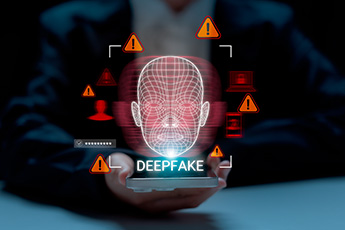SBA data points out that 28mm small businesses in the US accounted for 54% of all US sales and produced 67% of net new jobs. Community bankers provide huge support for this key customer group. So, keep up the wonderful work in your own community, no matter where you are in this great country of ours.
People seem to ask from time to time what is going to happen to banks given so much digital activity is swirling around. To gain a better understanding of the forces at work, we point out that digital literacy improves with youth. This is because younger generations have grown up virtually tethered to digital devices. As you think about that, you may be wondering what younger people are up to online, when they are at work.
We all know that banks have tight security. But, when you consider some of the digital security issues, some may wonder how a more relaxed digital attitude by younger employees could play out.
Really, it is not that hard to imagine at least one employee looking around online somewhere that perhaps they shouldn't be, while using a company computer. Technology people worry all the time about employees clicking on things that could be security risks, or taking home information on thumb drives that shouldn't leave the bank.
Before you blame today's youth for bank security issues though, consider what one survey found when examining basic bank employee security risks by age group. Younger workers, it turns out, are not the main problem. Instead, it appears the older demographic is the one that needs watching.
The disconnect between perception and reality is wide indeed. When 500 senior decision makers were polled, 33% said that the younger generation (those 18-24) were the main culprits in security breaches because they were too relaxed about digital security; 44% said they thought these younger workers were too quick to click and too likely to remove data and materials from the office; 48% said they were concerned about how social media activities for this group could compromise security.
Digging deeper, the survey finds the situation was actually reversed. It found that twice as many managers clicked on suspicious links as younger workers. Similarly, twice as many managers had removed information from the office.
The real problem, according to the younger workers, was management. They did not seem to take cybersecurity seriously enough. The sample of younger workers found only 40% said their managers enforced regular password changes, at a time when 56% of managers were concerned about password sharing.
Leading by example is critical, as younger workers in the survey also said that not getting clear guidance from management about the use of social media at work was a problem.
Remembering that classic rock tune by The Who, "The Kids Are Alright," you might get better security by ensuring digital security is both understood and practiced by all.




